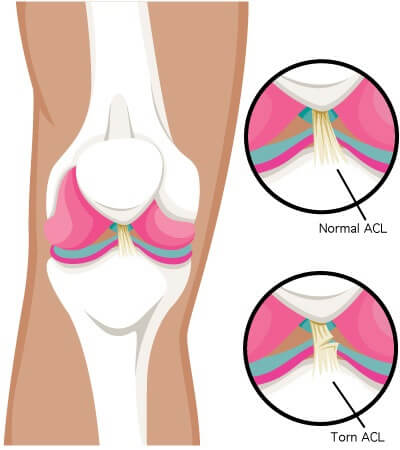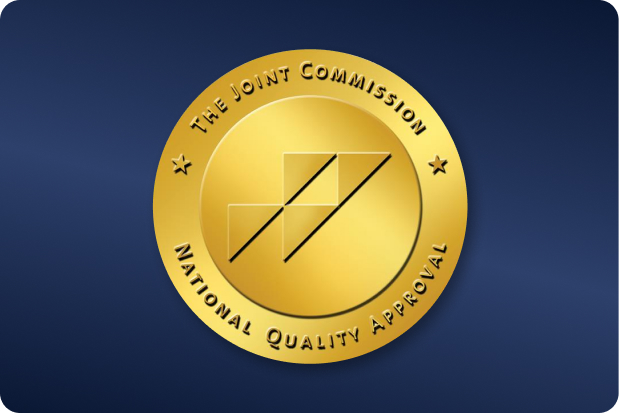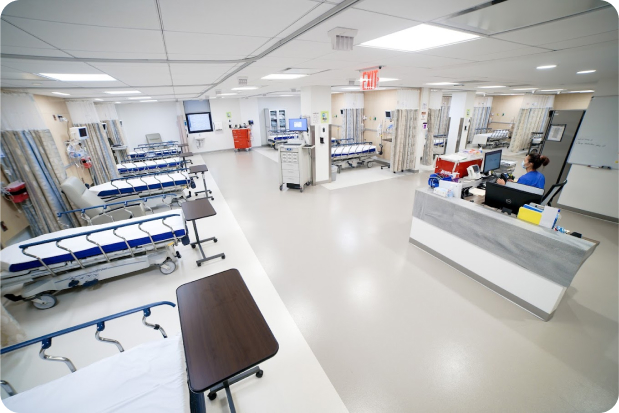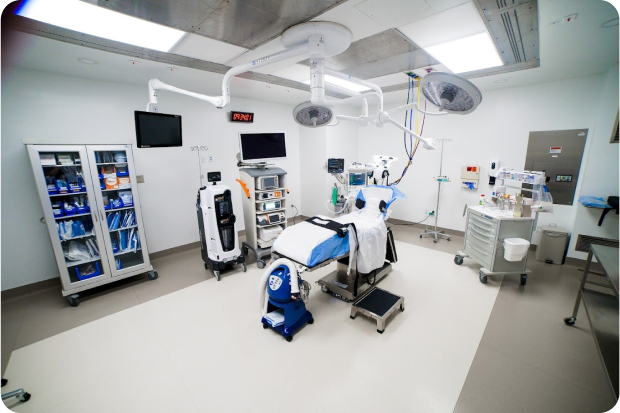 OUR LOCATIONSCall to book (212) 604-1300
OUR LOCATIONSCall to book (212) 604-1300
 OUR LOCATIONSCall to book (212) 604-1300
OUR LOCATIONSCall to book (212) 604-1300
Table of contents

ACL and PCL stand for anterior cruciate ligament and posterior cruciate ligament. They are two key ligaments of the knee that cross over to stabilize the knee and regulate front-to-back motion of the shinbone on the thighbone. ACL mainly stops the shinbone from moving forward and helps with rotation, while the PCL prevents posterior displacement. They work together to help the other ligaments provide general knee stability.
A Ligament Injury such as an ACL or PCL tear typically occurs when the knee is twisted in a sudden motion while the feet are still planted. ACL and PCL tears can also be the result of a direct shot to the knee. While football players are among the most common athletes to incur this type of sports injury, anyone can suffer a torn ACL or PCL Ligament by even jumping incorrectly.
The most common symptoms of an ACL injury or PCL injury include:




While both ligaments stabilize the knee joint, their functions and mechanisms of injury are different. ACL injuries are considerably more prevalent. They typically occur in non-contact situations with twisting, and the knee feels like it’s giving way, especially while pivoting. PCL injuries occur due to contact and usually present with swelling and pain commonly felt in the back of the knee, especially when kneeling.
Treatment approaches may vary depending on the type of injury and the individual’s activity level. Surgery is more common for ACL tears than for PCL injuries. Also, the nature of the instability is different, with ACL injuries leading to rotational instability and PCL injuries allowing movement backward of the shin bone.
Although ACL and PCL injuries are significant, they are not the only types of knee ligament injuries. There are four main ligaments in the knee: ACL, PCL, MCL (medial collateral ligament on the inside), and LCL (lateral collateral ligament on the outside). The MCL protects against forces from the inside and is commonly injured by contact with the outside of the knee. The LCL protects against forces from the outside, is injured less often, and is in conjunction with other knee injuries.
Ligament sprains are often graded according to severity, which guides treatment and predicts recovery time:
It is important to be aware of the different grades and types of knee ligament injuries so that one can properly diagnose and plan a proper treatment. Our specialists can evaluate your specific injury to determine the best course of treatment.
Treatment for minor ACL or PCL sprains usually starts with the RICE principle: rest, ice, compression, and elevation. If the RICE method is insufficient, it’s important to note that not every PCL or ACL tear needs to be surgically repaired. While surgery is sometimes necessary, most can be managed quite well with a combination of physical therapy, pain management, stabilization, strengthening, and motion exercises suitable to the individual.
At New York Pain Care, our experienced team of professionals creates customized treatment plans for knee and sports injuries to give each patient the individual attention they need for an adequate and safe healing process.
The rehabilitation of a knee ligament injury begins with managing pain and swelling using the RICE method. The second priority is restoring the full range of motion of the knee. After this, rehab proceeds by gradually rebuilding the muscles of the legs for support and attempting to regain balance.
The return-to-normal activities timeline is different according to the severity of the injury. As for ACL or PCL injuries, recovery, particularly after surgery, takes longer. Regular physical therapy is a key component to having the optimal result and returning to your desired level of function safely.
The first step in treating a Ligament Injury orknee injuryis to make an appointment to see a doctor who specializes in sports medicinefor a diagnosis and to learn your treatment options.
At New York Pain Care, our pain management experts have extensive experience in evaluating and treating PCL and ACL injuries. We offer customized treatment plans tailored to your specific needs, which may involve non-surgical approaches, advanced technology, and a patient-focused approach. Contact us today at 646-846-1824 or book online to find lasting relief.
New York Pain Care
20 Squadron Blvd, Suite 290
New City, NY 10956
(212) 242-8160






